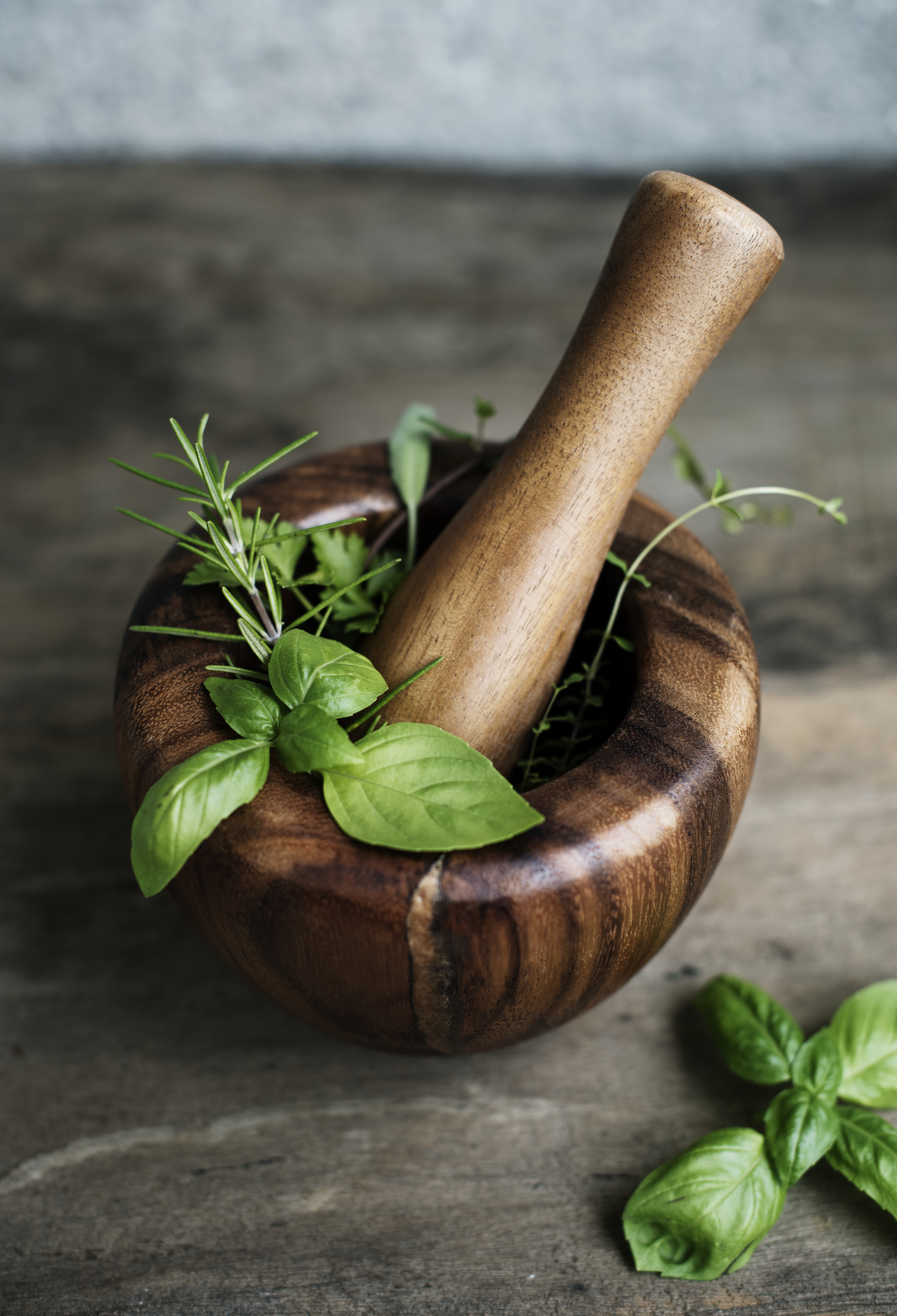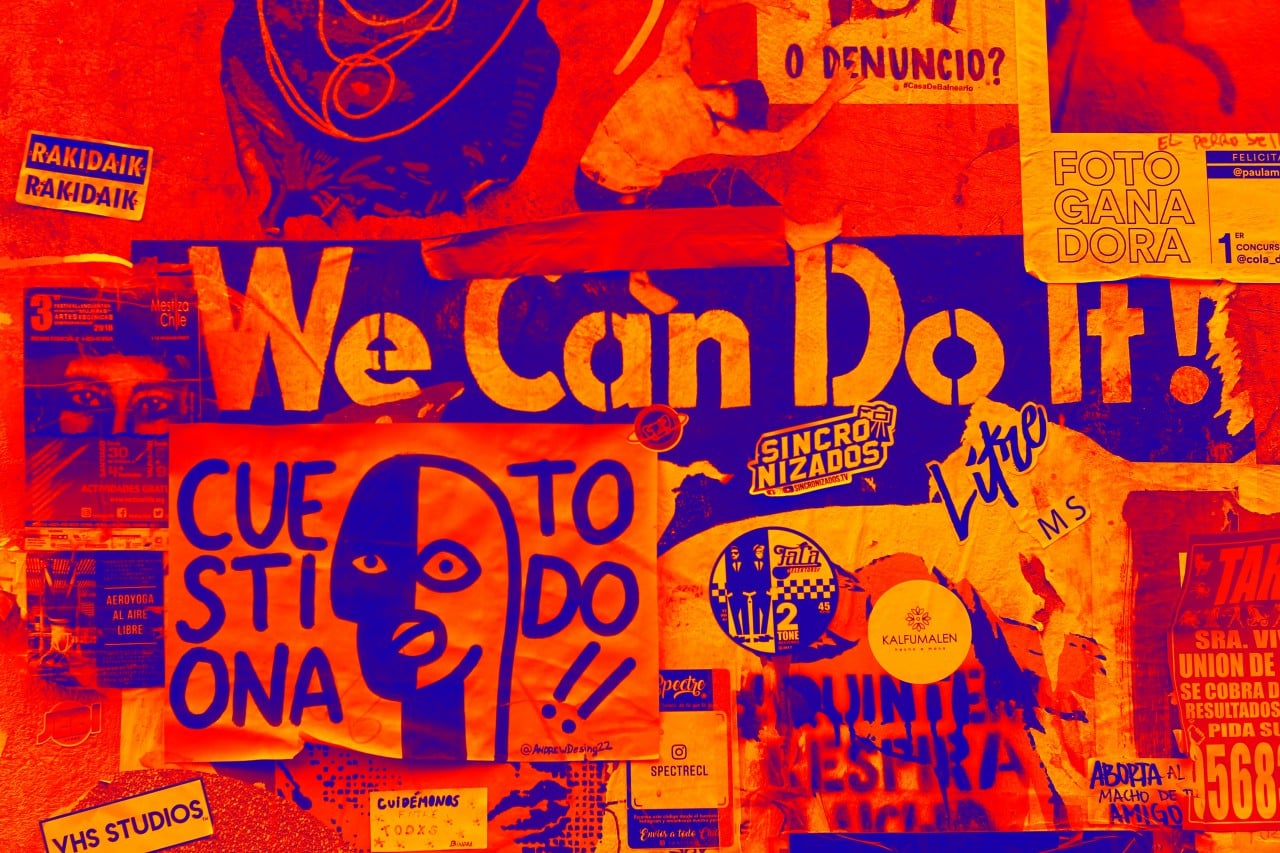Ayahuasca Church

Sue Dhillon is an Indian American writer, journalist, and trainer.
Ayahuasca has moved from indigenous ritual into global spiritual conversation. In recent years, ayahuasca churches have emerged, blending ceremonial practice with modern belief systems. Their presence raises complex questions around spirituality, legality, cultural appropriation, and personal transformation.
The Ayahuasca Church is bringing in a modern renaissance to ancient plant medicines in the realm of therapeutic and spiritual practices.
In recent years there’s been a huge shift in how Western culture approaches healing, spirituality, and consciousness exploration. And at the very center of this transformation stands ayahuasca—an ancient plant medicine preparation with deep Amazonian roots. The most remarkable part about – it’s found its way into therapeutic settings and legally recognized churches across America and Europe.

What Is Ayahuasca?
First and foremost – what is Ayahuasca? Ayahuasca (pronounced eye-uh-WAH-ska) is a powerful psychoactive brew traditionally used by indigenous communities throughout the Amazon basin for healing and spiritual purposes. The preparation typically combines two key plants:
- Banisteriopsis caapi: A vine containing harmala alkaloids that act as monoamine oxidase inhibitors (MAOIs)
- Psychotria viridis (or other DMT-containing plants): Leaves containing dimethyltryptamine (DMT), a powerful psychedelic compound
When mixed together in this particular combination, the plants create a synergistic effect—the MAOIs allow the DMT to become orally active and create a 4-6 hour experience characterized by visionary states, emotional insights, and what many describe as profound encounters with their own consciousness. It seems that the plant evokes an awakening of sorts.
Indigenous Origins and Traditional Context
For thousands of years, ayahuasca has been central to the medicinal and spiritual practices of numerous Amazonian tribes in Peru, Colombia, Brazil, and Ecuador. Indigenous shamans, often called “ayahuasqueros” or “curanderos,” prepare and administer the brew in ceremonial contexts for various purposes:
- Physical healing
- Diagnosing illnesses
- Spiritual development
- Community bonding
- Divination and connection with the natural world
In these traditional settings, ayahuasca is never viewed as a recreational substance, but rather as a sacred tool for healing and knowledge—a plant teacher that enables communication with the spiritual dimensions of reality.
The Rise of Ayahuasca Churches
The globalization of ayahuasca began in the early 20th century with the establishment of syncretic religious movements in Brazil that incorporated the brew into Christian frameworks. The three most prominent are:
- Santo Daime: Founded in the 1930s by Raimundo Irineu Serra
- União do Vegetal (UDV): Established in 1961 by José Gabriel da Costa
- Barquinha: Created by Daniel Pereira de Mattos in the 1940s
These traditions blend indigenous ayahuasca practices with Christian symbolism, African spirituality, and folk Catholic traditions, creating unique religious expressions that have since spread globally.
In the United States, these churches have fought legal battles to secure religious freedom protections for their sacramental use of ayahuasca. Landmark cases like Gonzales v. O Centro Espírita Beneficente União do Vegetal (2006) resulted in the Supreme Court unanimously ruling in favor of the UDV’s right to use ayahuasca as a religious sacrament under the Religious Freedom Restoration Act.
Today, numerous ayahuasca churches operate legally in the U.S., Canada, and Europe, providing structured ceremonial contexts for those seeking the experience.
Checkout this conversation from the Blossom Your Awesome Podcast with Dr. Don St. John who is a therapist a leader of an Ayahuasca Church –
Why Ayahuasca Is Gaining Popularity
Several factors have contributed to ayahuasca’s rising profile in Western culture:
1. Mental Health Crisis and Treatment Resistance
As conventional approaches to mental health struggle to address conditions like depression, PTSD, and addiction, many individuals seek alternative healing modalities. The limitations of pharmaceutical approaches have opened space for exploring traditional medicines. (What Is Plant Spirituality?)
2. Scientific Validation
A growing body of peer-reviewed research from institutions like Johns Hopkins, Imperial College London, and MAPS (Multidisciplinary Association for Psychedelic Studies) suggests ayahuasca may have therapeutic potential for:
- Treatment-resistant depression
- Substance use disorders
- Post-traumatic stress disorder
- Anxiety associated with life-threatening illnesses
3. Cultural Influencers and Media Attention
Celebrities, thought leaders, and media figures including Michael Pollan, Sting, Chelsea Handler, and Will Smith have openly discussed their ayahuasca experiences, bringing the medicine into mainstream awareness.
4. Ecological and Indigenous Rights Awareness
Increasing concern about environmental destruction and indigenous rights has led many to explore indigenous wisdom traditions and healing practices as alternatives to Western paradigms.

Therapeutic Applications and Benefits
Clinical research and thousands of anecdotal reports suggest ayahuasca may offer several potential benefits:
Psychological Benefits
- Increased mindfulness and present-moment awareness
- Enhanced emotional processing and release of traumatic memories
- Reduced depression symptoms, often with sustained effects for months
- Addiction interruption by providing insights into behavioral patterns
- Improved relationship with self and decreased self-criticism
Physiological Effects
- Anti-inflammatory properties from harmala alkaloids
- Increased neuroplasticity and neural connectivity
- Potential reduction in chronic pain for some individuals
- Regulation of serotonin system and stress response
Spiritual and Existential Dimensions
- Mystical experiences that can shift worldviews and values
- Enhanced connection to nature and others
- Existential insights about purpose and meaning
- Reduced fear of death in terminal patients
Risks and Considerations
Despite its potential benefits, ayahuasca is not without risks:
Medical Contraindications
Ayahuasca can be dangerous when combined with certain medications, particularly SSRIs, SNRIs, and other antidepressants. The MAOI component can create potentially life-threatening interactions with:
- Psychiatric medications
- Blood pressure medications
- Stimulants (including ADHD medications)
- Some over-the-counter medications and supplements
People with certain medical conditions including cardiovascular problems, psychiatric disorders like bipolar disorder or schizophrenia, and seizure disorders should approach with extreme caution if at all – and of course check with your doctor first.
Psychological Challenges
The experience can be intensely challenging, featuring:
- Confrontation with difficult emotions and memories
- Temporary confusion or disorientation
- Processing of trauma
- Destabilization of existing psychological frameworks
Cultural and Ethical Considerations
The rising demand for ayahuasca raises important questions about:
- Cultural appropriation and respect for indigenous traditions
- Environmental sustainability of harvesting practices
- Economic impact on indigenous communities
- Exploitation by unqualified providers
Finding Safe and Ethical Contexts
If you’re considering ayahuasca, you need to understand the following factors first:
- Legal frameworks: Recognized churches provide legal protection in many countries
- Experienced facilitation: Qualified guides with substantial training and experience
- Medical screening: Proper screening for medications and health conditions
- Integration support: Preparation and follow-up care
- Ethical considerations: Respect for tradition and proper sourcing of plants
The Future of Ayahuasca in Modern Society
As ayahuasca continues its emergence from the Amazon into global consciousness, several trends are emerging:
- Clinical research expansion into therapeutic applications
- Legal evolution as more jurisdictions consider religious exemptions
- Integration with existing therapeutic modalities like psychotherapy
- Development of ethical guidelines for non-traditional contexts
- Increased indigenous leadership in global conversations about plant medicines
The growing acceptance of ayahuasca represents a significant shift in how Western society approaches healing, consciousness, and spirituality—a reconnection with traditional knowledge systems that offer complementary approaches to modern challenges.
If you’re interested in learning more, there are numerous resources out there including organizations like MAPS, Chacruna Institute, and the International Center for Ethnobotanical Education, Research, and Service (ICEERS), which provide evidence-based information on ayahuasca’s risks, benefits, and cultural contexts.
Disclaimer: This article is for informational purposes only and does not constitute medical advice. Ayahuasca contains controlled substances that are illegal in many jurisdictions outside of specific religious exemptions.



